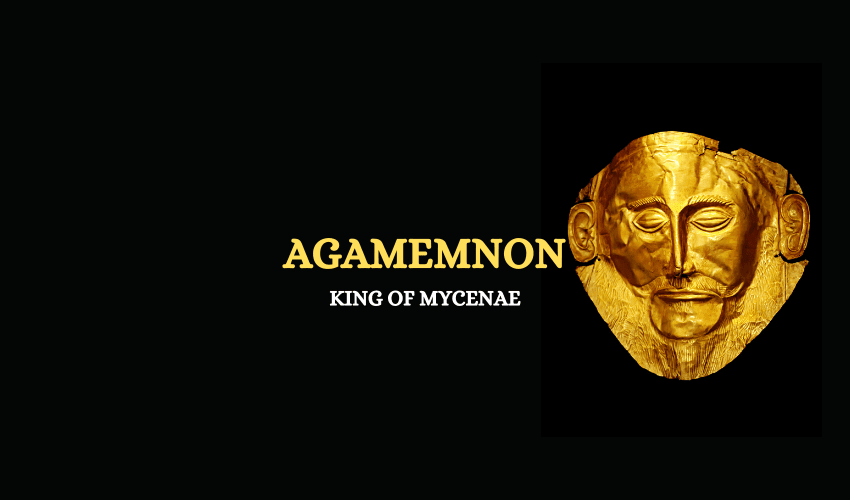
Table of Contents
King Agamemnon of Mycenae is well known in Greek mythology for his involvement in Trojan War. Different poets wrote about this all-powerful ruler for his paramount role in several myths. Here’s a closer look at his story.
Who Was Agamemnon?
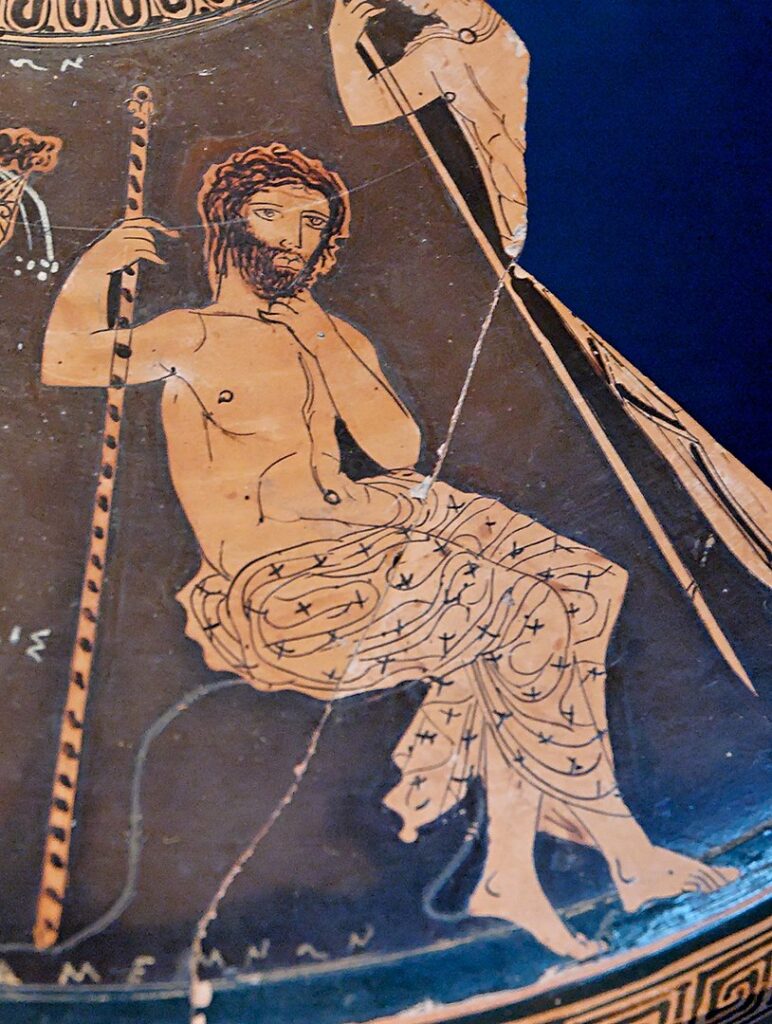
Agamemnon was the son of King Atreus of Mycenae and his wife, Queen Aerope. When he was still a young boy, he and his brother Menelaus had to flee Mycenae after their cousin Aegisthus murdered their father and claimed the throne. Aegisthus murdered Atreus because of Atreus’ actions against his twin brother, Thyestes. Agamemnon’s family was filled with betrayal, murder, and double-crossing, and those traits would continue to run in the family long after his father’s death.
Agamemnon in Sparta
After fleeing Mycenae, Agamemnon and Menelaus arrived in Sparta, where King Tyndareus took them into his court and gave them shelter. The two brothers would live their youth there and marry the daughters of the king – Agamemnon married Clytemnestra, and Menelaus married Helen.
After the death of King Tyndareus, Menelaus ascended the throne of Sparta, and Agamemnon returned to Mycenae with his wife to cast out Aegisthus and claim his father’s throne.
Agamemnon the King of Mycenae
Upon returning to Mycenae, Agamemnon was able to gain control over the city and rule it as its king. Zeus himself appointed Agamemnon as the rightful king, and with his favor, Agamemnon’s claim to the throne overcame any opposition.
Agamemnon and his wife had a son, Prince Orestes, and three daughters, Chrysothemis, Iphigenia (Iphianissa), and Electra (Laodice). His wife and children would become a significant part of Greek mythology due to their involvement in Agamemnon’s downfall.
Agamemnon was a stern king, but Mycenae during his rule were prosperous. Several archeological excavations have found a variety of golden items, and Homer describes the city in his Iliad as Golden Mycenae. The city enjoyed abundancy during Agamemnon’s rule in the Bronze Age of Greek Mythology.Mycenae was a solid citadel, and its ruins are still present in Greece.
Agamemnon in the War of Troy
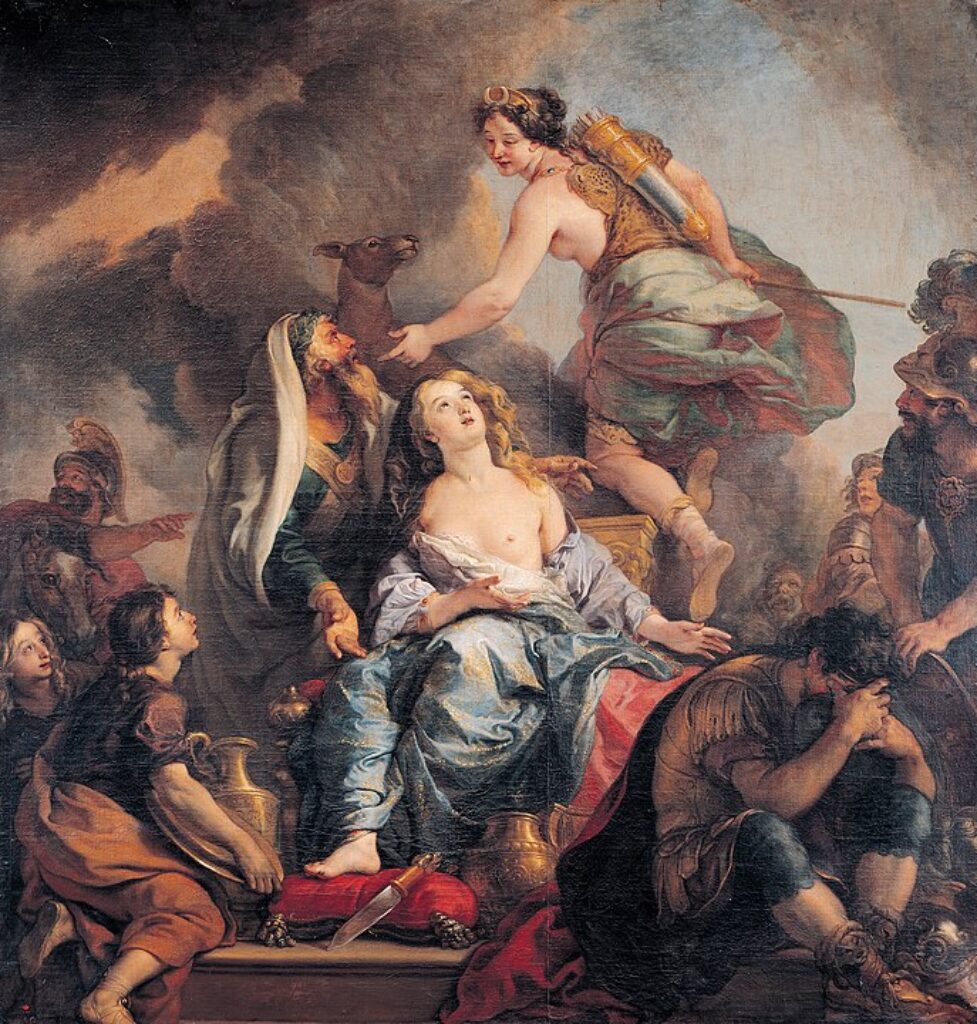
The war of Troy was an important event in ancient Greece, which occurred around the 8th century BCE. During this war, the Greek kingdoms were split in their loyalty, allying or attacking Troy to rescue Queen Helen of Sparta. The most important tragedy about this war is Homer’s Iliad, in which Agamemnon’s role was paramount.
Paris, son of King Priam and prince of Troy, stole Helen from Menelaus on a trip to Sparta. Technically, he hadn’t kidnapped her so much as claimed what the gods had given him. The prince of Troy had gained Helen as his prize after aiding Aphrodite in a contest with other goddesses.
Infuriated by the taking of his wife, Menelaus started looking for allies to invade Troy and take what was his. Menelaus looked for his brother Agamemnon’s help, and the king agreed. Agamemnon, as the King of Mycenae, was a centerpiece in the warsince he was the commander of the Greek army.
Artemis’ Wrath
Before sailing to Troy, Agamemnon upset the goddess Artemis. The goddess unleashed her wrath in the form of furious winds that would not let the fleet sail. To appease the wrath of Artemis, Agamemnon had to offer his daughter, Iphigenia, in sacrifice.
Other accounts say that the one to upset the goddess was Atreus and that Agamemnon paid for the deeds of the former king. Some myths say that Artemis did not take Iphigenia’s life, but she transformed the princess into a sacred deer. Whether sacrificed or transformed, the offering of Iphigenia caused the perpetual anger of his wife, Clytemnestra, who would eventually end Agamemnon’s life.
Agamemnon and Achilles
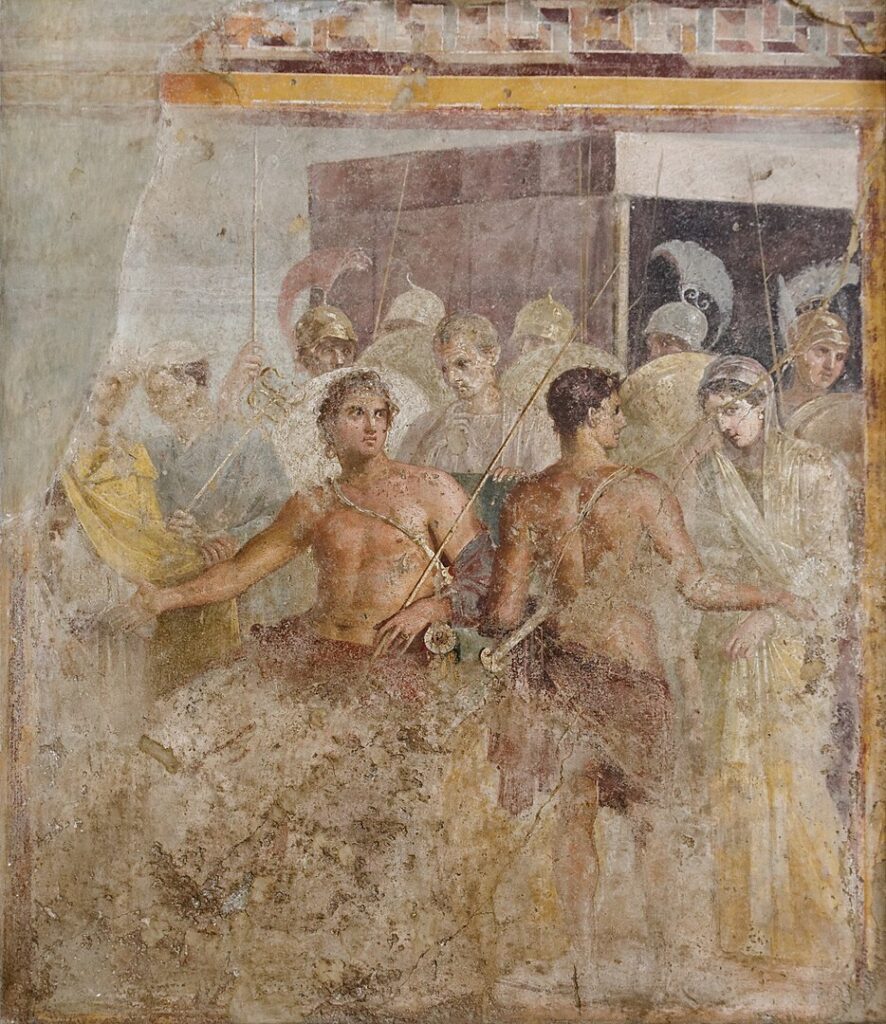
In the Iliad, Agamemnon was responsible for several mistakes in the war, but the most important one was to anger Greece’s greatest fighter, Achilles. When the victory of the Greeks was almost absolute, Agamemnon took Achilles’ war bounty, causing the hero to keep his forces from intervening in the war. The war would last longer than expected because the Trojans started winning battles in the absence of Achilles.
Agamemnon then sent Odysseus to talk Achilles into fighting, promising great treasures and songs under his name, but despite Agamemnon’s attempts, Achilles refused to fight. The hero only returned to the war after Prince Hector of Troy killed his friend Patroclus. With the return of Achilles, the Greeks received a second chance and Agamemnon was able to lead the army to victory.
Agamemnon’s Homecoming
The king returned victorious to continue ruling Mycenae, but in his absence, his wife had plotted against him. Enraged by the sacrifice of Iphigenia, Clytemnestra had allied with Aegisthus to kill Agamemnon and rule Mycenae together. Some myths say that together they killed Agamemnon while celebrating the victory of Troy, others say that the queen killed him while he took a bath.
Agamemnon’s son, Orestes, would avenge his father by killing both Clytemnestra and Aegisthus, but this matricide would invoke the vengeful Erinyes to torment him. The Poet Aeschylus recorded these events in his trilogy Oresteia, whose first part is called Agamemnon and focuses on the king.
Homer also wrote about Agamemnon after his death in Odyssey. Odysseus found him in the underworld, and the king described his murder at the hand of his wife.
The Mask of Agamemnon
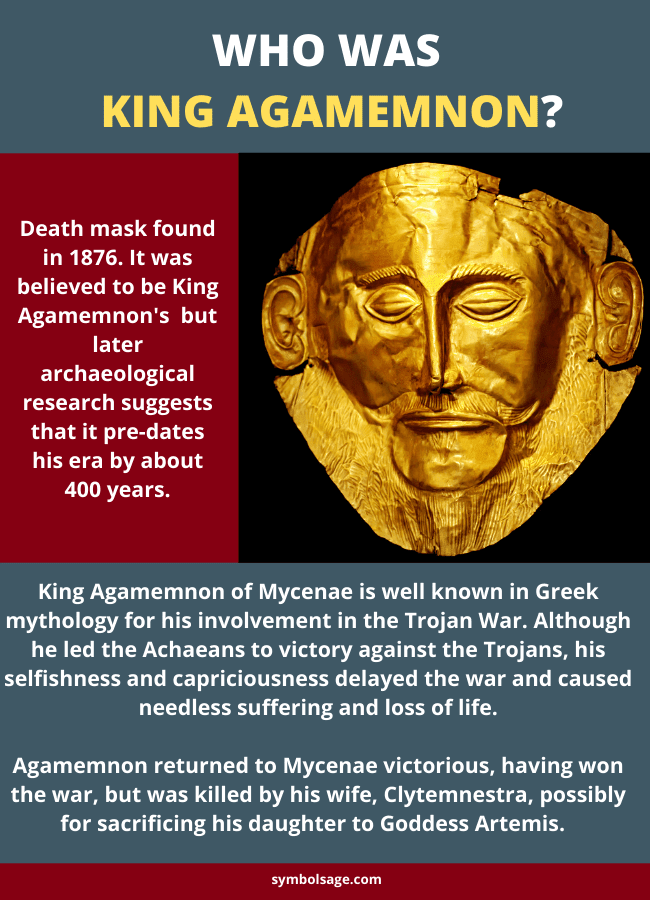
In 1876, an archeological excavation in the ruins of Mycenae found a golden funeral mask still over the face of a dead body in a burial place. The archeologists thought that the mask and the body were Agamemnon’s, so they named the object after the king.
However, later studies found that the mask dated from a period at least four centuries before the time King Agamemnon lived. Either way, the item kept its name and continues to be known as Agamemnon’s mask.
Nowadays, the mask is one of ancient Greece’s finest objects and is currently on display in the National Archeological Museum in Athens.
Agamemnon Facts
Agamemnon is famous as the King of Mycenae and for leading the Greek’s to victory in the battle against Troy.
No, Agamemnon was a king and a military commander.
Agamemnon was forced into making a human sacrifice to appease Artemis.
Historical sources from Herodotus and Eratosthenes show that the event was real, although Homer may have exaggerated it.
Agamemnon’s parents were King Atreus and Queen Aerope. However, some sources make it appear that these were his grandparents.
Clytemnestra who eventually killed him.
Agamemnon’s children are Iphigenia, Electra, Chrysothemis and Orestes.
Wrapping Up
Agamemnon’s story is one of intrigue, betrayal, and murder. Even after returning triumphant from one of ancient Greece’s biggest war conflicts, Agamemnon could not escape his fate and perished at the hand of his own wife. His involvement in the war granted him a place among the most important kings of Ancient Greece.








